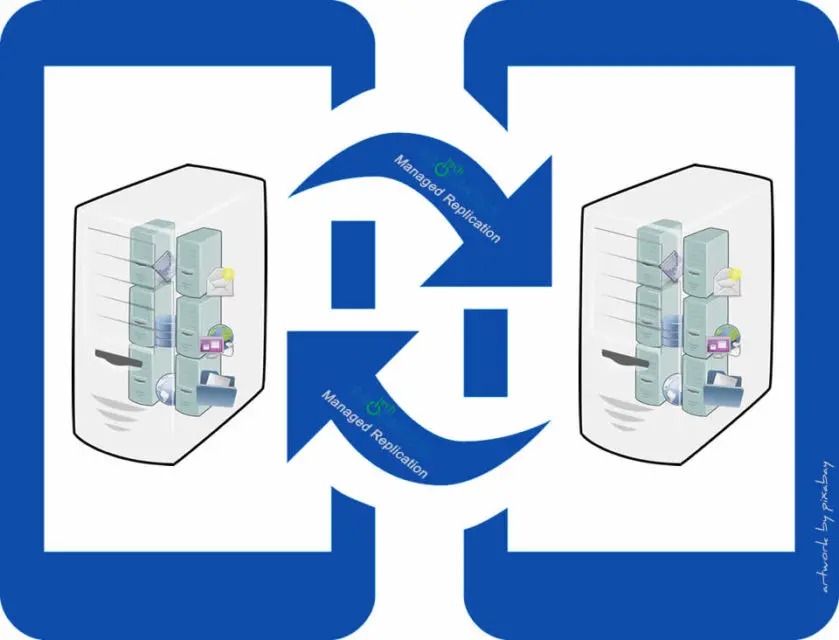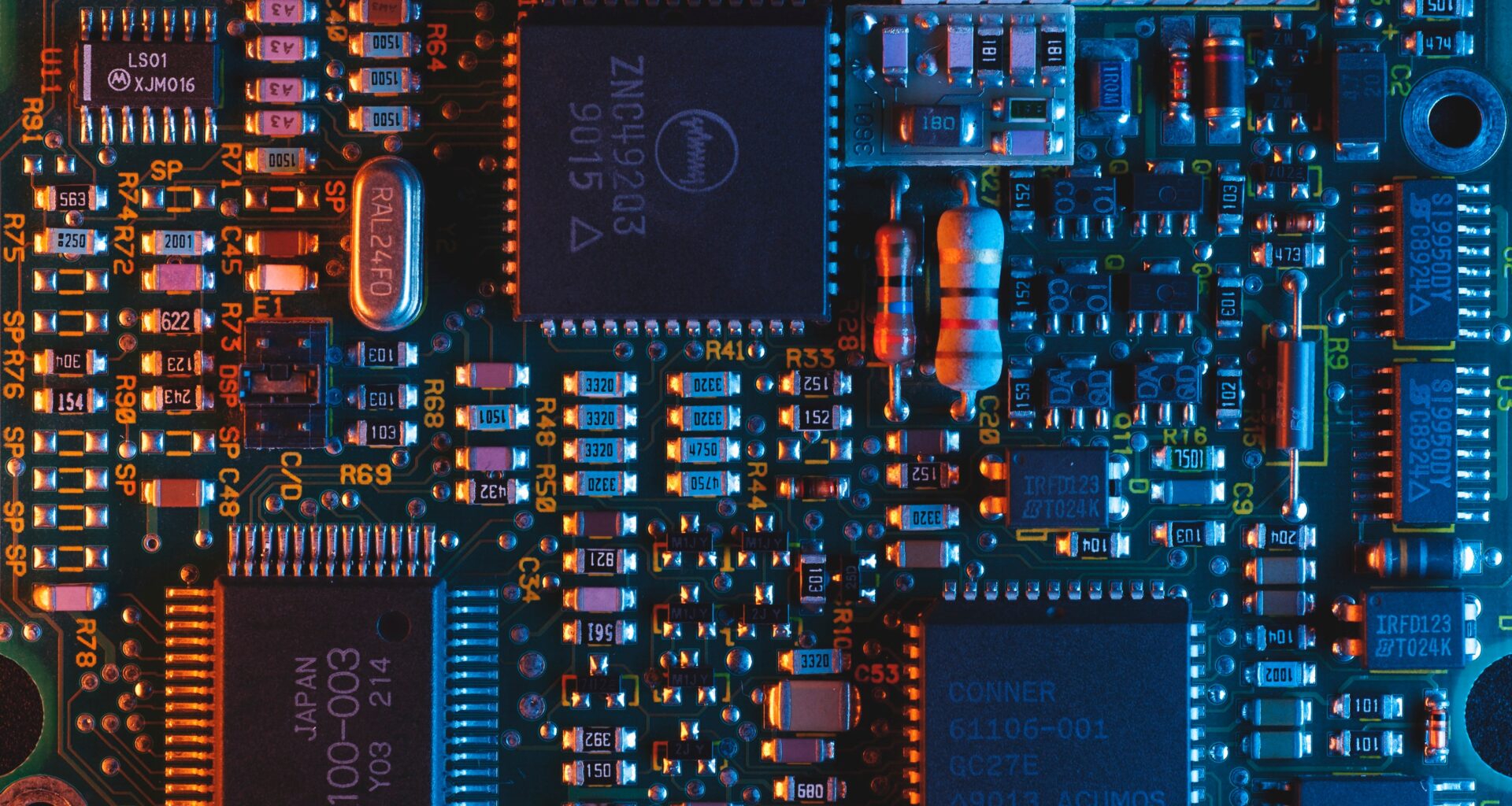Small Code Footprint:
- Forth programs are extremely compact, as they are written in a stack-based language.
- This minimizes ROM and RAM requirements, making Forth suitable for resource-constrained embedded systems.
High Execution Speed:

- Forth’s stack-based architecture eliminates the need for a runtime environment or function calls.
- This results in faster code execution compared to languages with traditional function-based syntax.
Flexibility and Extensibility:

- Forth is a highly extensible language that allows users to define new words and data structures.
- This flexibility enables developers to create custom functionality tailored to their specific embedded system requirements.
Real-Time Performance:
- Forth’s simplicity and low overhead make it ideal for real-time applications.
- It offers deterministic performance, ensuring that critical tasks execute within strict timing constraints.
Portability:
- Forth is a portable language that can be implemented on a wide range of processors and architectures.
- This eliminates the need for hardware-specific code development, simplifying system design and deployment.
Efficient Interrupt Handling:
- Forth’s stack-based architecture simplifies interrupt handling.
- Developers can easily add interrupt service routines to their programs, ensuring timely and reliable responses to external events.
Low Development Cost:
- Forth’s simplicity and compactness reduce development time and effort.
- Its interactive development environment allows for rapid prototyping and debugging.
Specific Examples of Forth in Embedded Systems:
- Automotive: Forth has been used in automotive ECUs for engine control, transmission management, and other critical systems.
- Industrial Automation: Forth is widely adopted in industrial controllers, PLCs, and SCADA systems due to its reliability and real-time performance.
- Medical Devices: Forth finds applications in embedded systems for medical devices, such as pacemakers, defibrillators, and diagnostic equipment.
- Aerospace: Forth has been used in onboard computers for satellites and spacecraft, where its small footprint and high performance are crucial.
In conclusion, Forth’s compact code, high execution speed, flexibility, real-time performance, portability, efficient interrupt handling, and low development cost make it an ideal choice for embedded systems development.## Why Forth Is Ideal For Embedded Systems
Executive Summary
Forth is a powerful, yet simple programming language that is ideally suited for embedded systems development. Its combination of portability, efficiency, and extensibility makes it an excellent choice for resource-constrained systems. With its unique stack-based architecture and interactive development environment, Forth empowers developers to create complex systems with ease.
Introduction
Embedded systems are omnipresent in our modern world, powering devices ranging from smartphones to industrial machinery. These systems demand programming languages that can deliver the performance, efficiency, and flexibility required for these demanding applications. Forth, a time-tested language, has proven its worth in the embedded systems domain.
Frequently Asked Questions (FAQs)
1. What is Forth?
Forth is a stack-based programming language that emphasizes extensibility and code portability. It is typified by its interactive development environment, allowing developers to create and modify code dynamically.
2. Why is Forth suitable for embedded systems?
Forth excels in embedded systems development due to its:
- Efficiency: Optimized for resource-constrained environments
- Portability: Runs on various architectures with minimal code changes
- Extensibility: Allows developers to tailor the language to specific project needs
3. What types of applications can Forth be used for?
Forth has been successfully employed in a wide range of embedded systems applications, including:
- Industrial automation
- Telecommunications
- Avionics
- Medical devices
Top 5 Subtopics
1. Stack-Based Architecture
Forth’s stack-based architecture eliminates the need for a complex memory management system, making it highly efficient in resource-constrained environments.
- Last-In-First-Out (LIFO): Data is pushed and popped from the stack, providing a simple and predictable data structure
- Simplicity: Stack operations are fundamental to Forth, reducing code complexity and enhancing execution speed
- Code Density: The lack of explicit data types allows Forth code to be more compact and memory-efficient
2. Interactive Development Environment
Forth’s interactive development environment enables developers to experiment with code and make changes on the fly.
- Immediate Mode: Allows commands to be executed as soon as they are entered, facilitating rapid prototyping and debugging
- Interpreted Execution: Code is interpreted during execution, providing flexibility and allowing for modifications during runtime
- Incremental Development: Developers can incrementally build and test their code, reducing development time and minimizing errors
3. Extensibility
Forth’s extensibility allows developers to customize and extend the language for specific application requirements.
- User-Defined Words: New words and functions can be created and added to the Forth dictionary, tailoring the language to specific needs
- Forth Metaprogramming: Forth code can be manipulated and modified programmatically, enabling advanced code generation and optimization
- Native Code Compilation: Forth compilers can generate efficient native code, improving performance and reducing memory footprint
4. Portability
Forth’s portability is a key attribute for embedded systems development, allowing code to be easily reused across different platforms.
- ANSI Forth Standard: A standardized Forth specification ensures compatibility across various Forth implementations
- Cross-Compilation: Forth code can be compiled for different architectures without requiring significant modifications
- Minimal Hardware Dependencies: Forth’s stack-based architecture minimizes hardware dependencies, making it adaptable to diverse embedded platforms
5. Efficiency
Forth is highly efficient in terms of memory usage and execution speed, making it suitable for embedded systems with limited resources.
- Small Code Size: Forth code is typically smaller and more compact than code written in other languages
- Direct Hardware Access: Forth provides direct access to hardware resources, enabling efficient control of embedded devices
- Tailored Data Structures: Forth’s extensibility allows developers to define and optimize data structures specifically for their applications
Conclusion
Forth is an ideal programming language for embedded systems development due to its unique combination of efficiency, portability, and extensibility. Its stack-based architecture, interactive development environment, and user-defined words empower developers to create complex systems with ease. Whether designing industrial controllers, telecommunication devices, or medical equipment, Forth provides a powerful and versatile platform for embedded system development.
Keyword Tags:
- Forth
- Embedded Systems
- Stack-Based
- Interactive Development
- Code Extensibility


